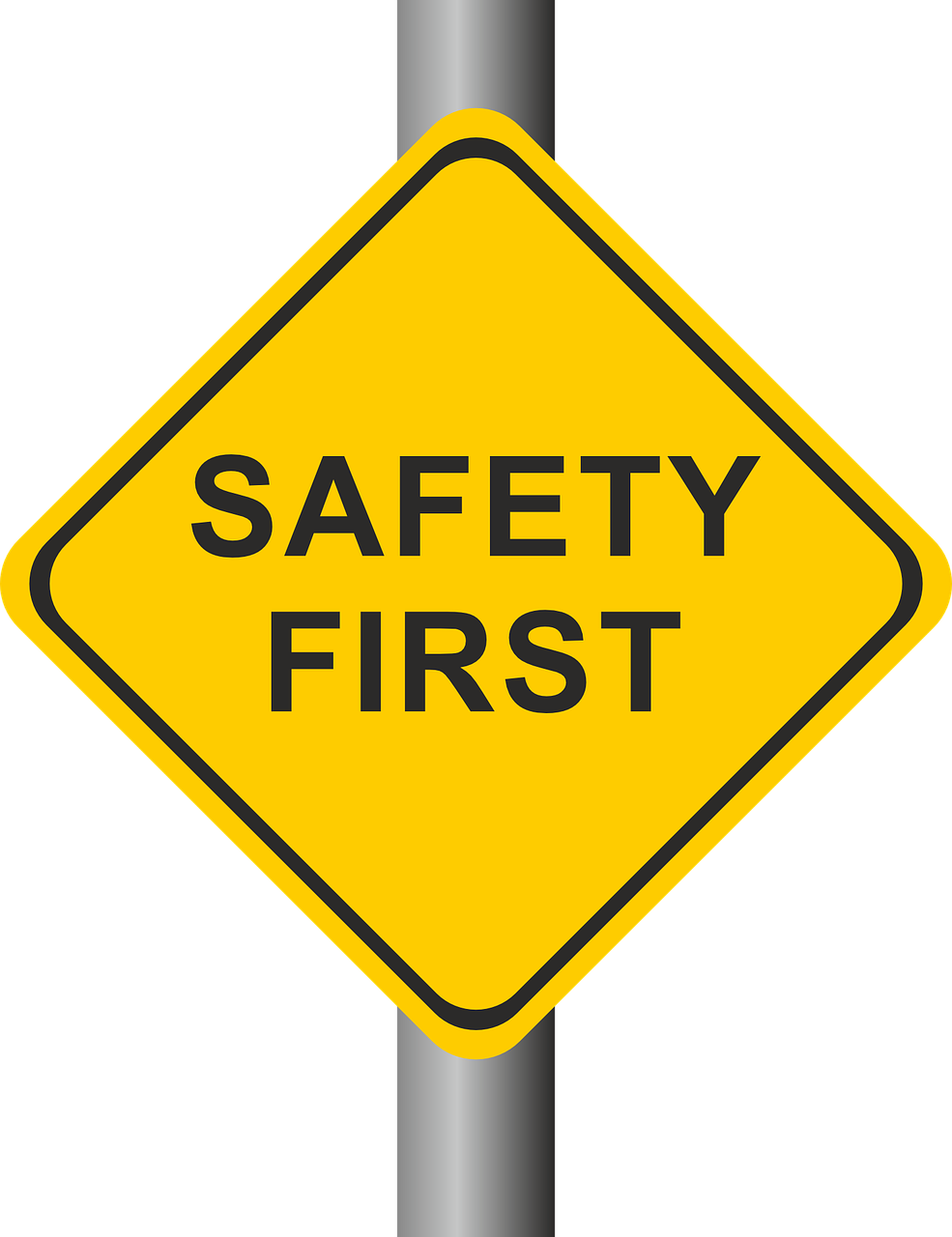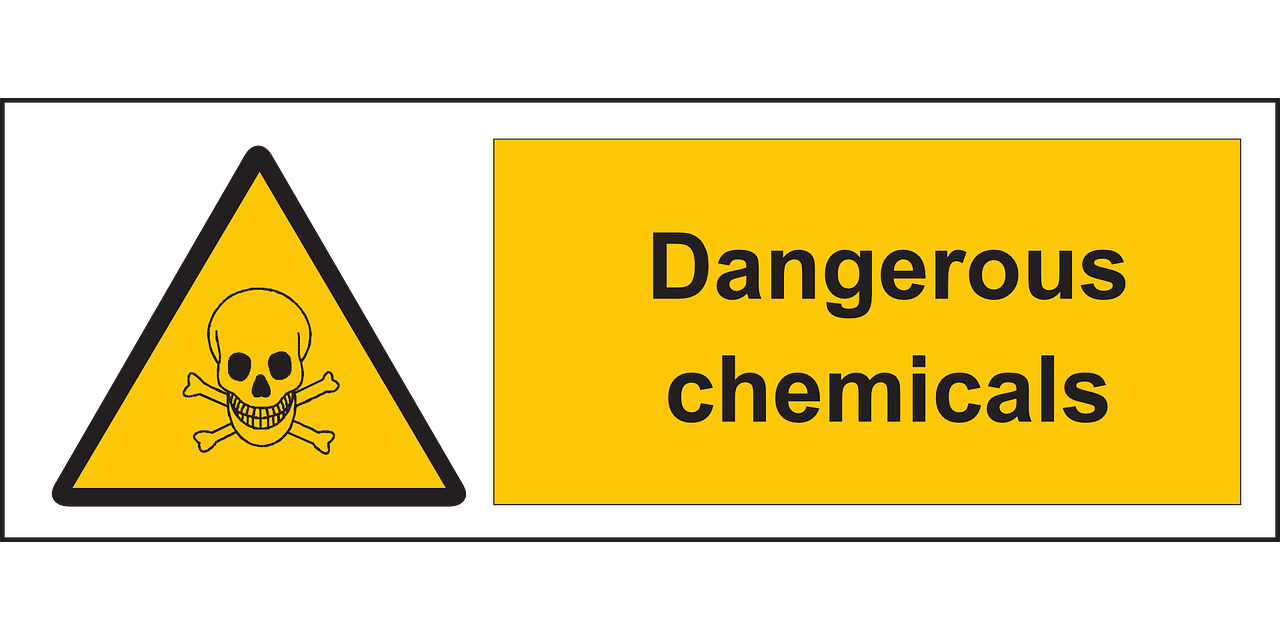- Product Knowledge
Swimming Pool Safety Tips
The Importance of Swimming Pool Safety
Swimming pools are perfect for family fun and relaxation, but they also come with potential hazards. Preventing accidents and protecting loved ones is a vital responsibility for every pool owner and user. By understanding and adhering to basic safety tips, we can significantly reduce the risk of incidents.

The Necessity of Accident Prevention
Each year, numerous individuals suffer injuries or fatalities due to swimming pool accidents. Most of these incidents are preventable. By implementing proper safety measures, we can ensure that pools remain a safe and enjoyable environment for everyone.
Protecting Family and Friends
Ensuring pool safety is not only for oneself but also to protect family and friends. Households with children need to be particularly vigilant, as kids are more susceptible to pool-related accidents. Proper safety protocols can help avoid tragic events.
Basics of Swimming Pool Safety

Fundamental Rules
Understanding and following the basic rules of pool safety is the first step in preventing accidents.
Never Swim Alone
One of the simplest yet most crucial rules is to never swim alone. Having someone nearby can make a significant difference in case of an emergency.
Follow Pool Signs and Guidelines
Pools often have signs that provide essential safety information. Always adhere to these guidelines to ensure a safe swimming environment.
Safety Equipment
Having the right safety equipment readily available can be lifesaving.
Life Jackets and Floats
Ensure that non-swimmers or weak swimmers wear life jackets or use floats. These devices provide added buoyancy and help prevent drowning.
Lifebuoys and Rescue Ropes
Keep lifebuoys and rescue ropes easily accessible around the pool area. In an emergency, these tools can be used to pull someone to safety quickly.
Children's Pool Safety
The Importance of Adult Supervision
Constant adult supervision is crucial when children are in or near the pool. Never leave a child unattended, even for a moment.
Safety Fences and Covers
Installing safety fences and pool covers can prevent children from accessing the pool without supervision. Ensure that these barriers are secure and meet safety standards.
Learning to Swim and Basic First Aid
Teaching children how to swim at an early age is an essential safety measure. Additionally, knowing basic first aid can help in responding to minor injuries or emergencies.
Chemical Safety in Pools
Proper Storage of Chemicals
Pool chemicals should be stored in a cool, dry place, away from direct sunlight and out of reach of children. Proper storage prevents accidental spills and chemical reactions.

Protective Measures When Using Chemicals
When handling pool chemicals, always wear protective gear such as gloves and goggles. This minimizes the risk of skin irritation or injury.
Precautions for Chemical Mixing
Never mix different pool chemicals together, as this can cause dangerous reactions. Always follow the manufacturer’s instructions for safe usage.
Weather Factors

Preventing Heatstroke
Swimming in high temperatures can lead to heatstroke. Ensure swimmers stay hydrated and take breaks in the shade to cool down.
Dangers of Thunderstorms
Swimming during thunderstorms is extremely dangerous due to the risk of lightning strikes. Always evacuate the pool area at the first sign of a storm.
Optimal Swimming Times
Avoid swimming during the hottest parts of the day. Early mornings or late afternoons are generally safer and more comfortable for swimming.
Swimming Skills and Drowning Prevention
Basic Swimming Techniques
Learning basic swimming techniques can significantly enhance safety. Skills such as floating, treading water, and basic strokes can help swimmers stay afloat and reach safety.
Recognizing Signs of Drowning
Being able to identify the signs of drowning is crucial. Drowning can happen quickly and quietly, so knowing what to look for can save lives.
Steps for Drowning Rescue
In the event of a drowning incident, it’s essential to know how to perform a rescue safely. Call for help, use a rescue tool if available, and perform CPR if necessary.
Preventing Slips and Other Accidents
Using Non-Slip Mats
Non-slip mats around the pool area can prevent falls. Ensure these mats are in good condition and placed in high-traffic areas.
Safety Measures for Diving
Always check the depth of the water before diving. Ensure that diving is only done in areas designated for it to avoid head and neck injuries.
Proper Diving Techniques
Learn and practice proper diving techniques. This reduces the risk of injuries and ensures a safer swimming environment.
Preventing Slips and Other Accidents
Installing Safety Alarms
Pool alarms can alert you if someone enters the pool area unexpectedly. These alarms are especially useful for households with young children.
Regular Inspection and Maintenance
Regularly inspect and maintain all safety equipment and pool installations. This ensures everything is functioning correctly and remains effective in preventing accidents.
Community Pool Safety
Adhering to Community Rules
Community pools often have specific rules to ensure the safety of all users. Always follow these rules and encourage others to do the same.
Public Health and Safety
Public pools should maintain high standards of cleanliness and hygiene. Report any safety or health concerns to the appropriate authorities.
Pool Safety Training
Safety Courses and Seminars
Participate in pool safety courses and seminars. These programs provide valuable knowledge on preventing and responding to pool-related emergencies.
Importance of First Aid Training
Knowing first aid can make a significant difference in an emergency. Consider taking a first aid course to be prepared for any situation.
Handling Pool Emergencies
Emergency Contact Information
Keep emergency contact information readily available near the pool. This includes local emergency services and poison control.
First Aid Kits and Equipment
Have a well-stocked first aid kit and rescue equipment on hand. Regularly check and replenish supplies as needed.
Emergency Evacuation Plan
Develop and practice an emergency evacuation plan. Ensure that everyone who uses the pool knows what to do in case of an emergency.
Swimming pool safety is essential for preventing accidents and ensuring a fun, enjoyable experience for everyone. By following these tips and maintaining a proactive approach to safety, you can protect yourself, your family, and your friends from potential hazards.



